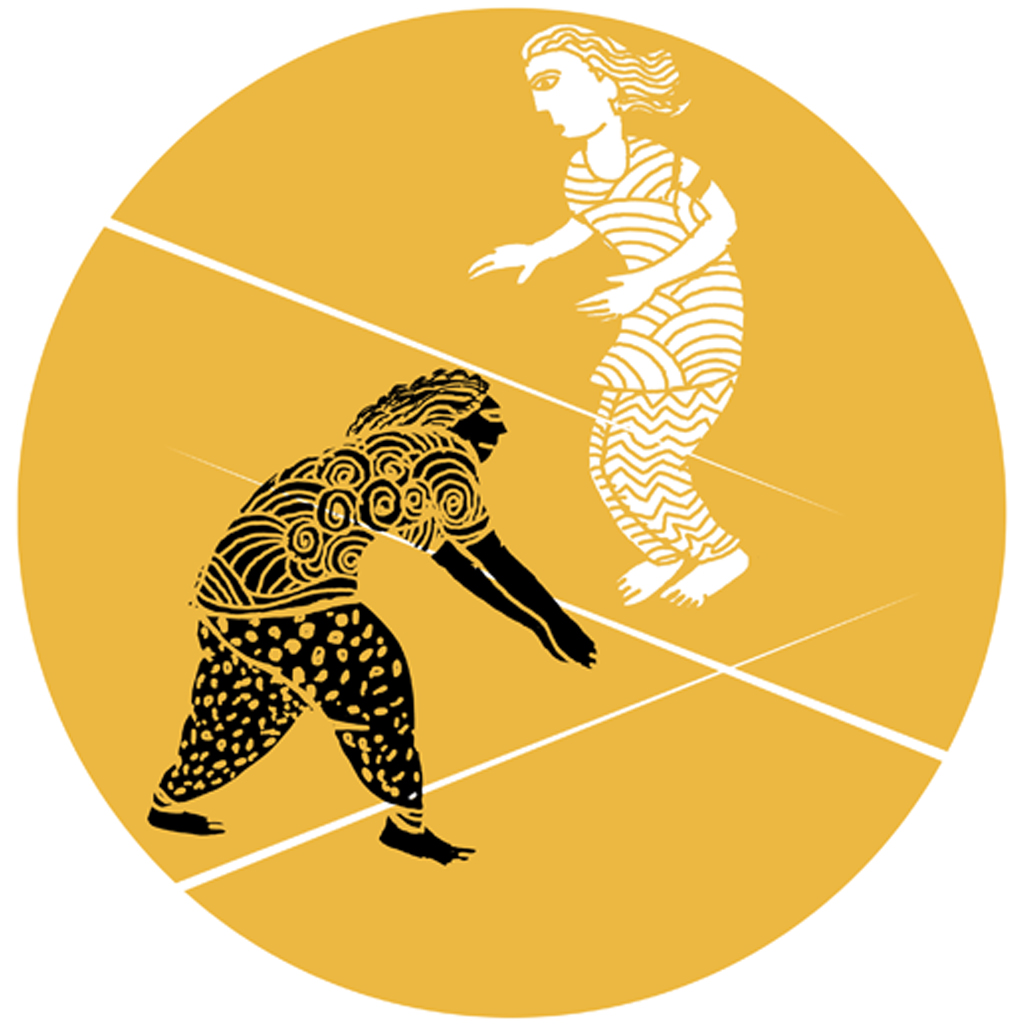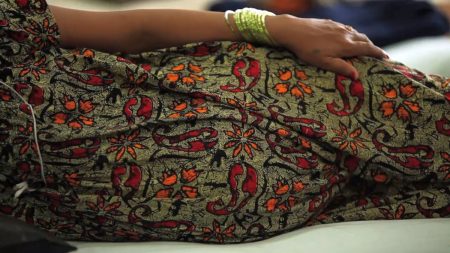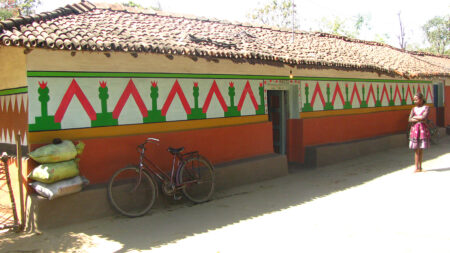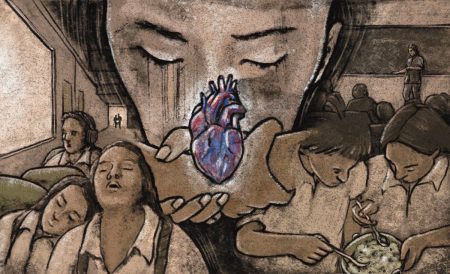“We don’t stop playing because we grow old; we grow old because we stop playing.” ― George Bernard Shaw.
Playing is important work!
Just like work, games have an interesting equation with rules – you need them, you play within them, sometimes you desperately want to break them, and sometimes, when you surrender to the rules, something else emerges. They make the space for us to feel all kinds of emotions – around winning, losing, anger, disappointment, joy, excitement, and just losing ourselves in complete immersion.
And yet, the way we look at the place of play in our lives is so boring! We’ve heard conventional wisdom in sayings like “All work and no play makes Jack a dull boy”, which make at play seem secondary to work. Something that should be done just so that Jack doesn’t turn out dull. A feeling reflected in something we’ve all heard our mothers say, “finish your work and then you can play”. Or, reflected yet again in the kind of arguments given for the place for sports or the arts in school education as “extra curricular”, the thing that needs to be done on the side.
I know we all have that voice in our heads that says, “Yeah, so! Work is important in this world, not everyone gets to be Rahul Dravid and make money from playing, etc.” But even reducing ‘play’ to ‘sports’, or more broadly, physical exercise is part of the problem. Seeing it as just an exercise forthe body invisiblizes the psychological, emotional and even spiritual nourishment that playing has to offer. Nourishment that we desperately need in our current times, and something that money cannot always buy.
As children, play was our most important work. It is through playing that we slowly start to make sense of the world around us. For instance, psychological studies show that for an infant, the universally popular game of Peekaboo, helps understand difficult ideas such as separation and return. As the game is repeated, the infant reconciles with the fact that even if their caregiver isn’t visible at the time, they will ultimately return and look for them, a technique that helps them soothe themselves in other moments when they may need a caregiver and they may not be immediately available.
Our games evolve with our age, and help us grapple with the particular questions and emotions we are going through at the time. This is why, another universally popular game among toddlers is Playing House, where, inevitably, children reproduce some version of the stories and drama that’s going on in their own house. They make sense of what is going on with the adults around them by playing the part themselves, and in a way, experiencing it in their own bodies. These games set the foundation for our personalities. Even today, if you think back to those games, you may be reminded that you still struggle with the same feelings as you struggled with then. The only difference is, in the game they could be addressed and acted upon, and in reality, it’s not so easy!
Then we grow even older and suddenly our games are unable to grow with us.
Suddenly, they fall into the category of sports, and are more about competition and winning rather than a space for exploration and collaboration. They come to be bound by strict rules and stricter penalties, and the strictest of all are the criteria of who can or can’t be included in the games. And then, before we know it, we are too old to play, and made to “focus on studies”.
We all have our own journey with play. Do you remember yours?
I grew up quite lonely, with few people my age to play with. I was happiest when I got some company, but that was rareand not always an option, so early on Ijust played by myself, in my mind and in my dreams.
I learned all kinds of things simply around the questions of playing. It was here that I was made to realise my gender. Boys can run freely across the school whenever they want, girls can only do it during PT class, as part of exercise or competition. Or, being told to “stop playing like that with the boys you’re not a child anymore” made me understand about this big scary idea of ‘sexuality’.
And as is true for many girls across the country, as we grew older, the playgrounds came to be used by boys for sports, while we were relegated to the audience, often fussing over how cute they look when they play sport.
After school, the idea of playing all but vanished until nearly a decade later, akshay khanna and Effie Makepeace brought theatre back to my life, this time as a research methodology for gender and sexuality. In a short three-day workshop they had organised for some of us at Nirantar Trust, we played a lot of games and each game revealed some important insight that we would have long discussions about. At the time, Nirantar was looking to do an action research project around working with young people exactly around issues of gender, sexuality, and marriage, and we felt that the methodology that Effie and akshay were developing would be a great fit.
Over the next four years, we developed and implemented a project around the methodology with six partners across four states. We had several workshops with various youth groups as well groups of karyakartas, and we noticed how workshop after workshop, these games opened up new possibilities. This methodology draws on the work of Brazillian Theatre Practitioner Augusto Boal and others. It was very different from what we, or our partners were used to. Its efficacy in breaking the ice, building a safe space, and bringing up unlikely conversations stood out for everyone who was part of the project. And yet, it was not an easy methodology to completely understand and communicate and perhaps, it was something that needed to be experienced. Yet, there was something about this methodology that drew us to it.
Playfulness was a key skills that was necessary for using this methodology with young people. This doesn’t just mean being energetic and enthusiastic to play games, which is definitely needed, but it also means a willingness to discard certainties and make room for new possibilities.
In some respects, it does mean doing the opposite of what we are expected to do with work, that is, to never be 100 percent sure.

Psychoanalyst D.W. Winnicot says, “play itself is therapy” and to a great degree, my own experiences and journey with theatre are a testament to this - first as a shy child, next through the research, and then during the theatre course. The therapy, I suppose, is the healing of wounds inflicted by the false certainties upon which our deeply broken society, economic and polity is built.
These are the scars that are left over from small things like “sit properly”, “stop crying”, “do this not that” or “this is right, you are wrong”. In a moment when you’re allowed to sit however you want, to cry, to do this, or think that, or even be ‘wrong’ for a moment, a powerful space opens up for the part of us that is most scared and vulnerable. A part that probably has never got a space to speak before.
Play, then, is more an approach to doing things than an end in itself. Using this approach means abandoning certainties at the door, and allowing yourself to enter a space of “maybes” where everything is possible. It means allowing room for multiple interpretations of the same idea. It requires a certain fluidity of thought and body. It means being present to the moment and responding to all that is happening around you. It means listening deeply for any clues or hints that may help you play better.
Play can be brought to anything you do, and will likely change the way you do it. Making space to play within work could enhance your work and make room for creativity within it, although that needn’t be the reason you play. In my column Khel Khel Mein, we will explore ideas and theatre games that you can try by yourself or with groups that you are facilitating workshops with, in order to open spaces for certain kinds of conversations, especially around gender and sexuality.
In fact, the next column is about playing with the idea of work itself. See you then.
Workshop
To think about playfulness and to be playful are two very different things. Our task in this first workshop is to move from the former to the latter. In any ‘theatre’ space, playing games has an important role – to break the ice, to open up the body, to get to know each other intimately and build the feeling of a collective, and to bring us out of our heads and into our bodies. None of this is easy, especially since most of our adult lives are lived doing the very opposite of these things, so you keep on playing and playing, and slowly something starts to shift inside and around.
We don’t have time to just “play and play”. We have deliverables and expectations to meet. However, making room for play, maybe even at the start of each workshop, can allow for the slow process of opening up to happen.
A great first session idea is just to play a lot of games. During our research, such sessions opened up conversations about age, and how the freedom to play is the first among the freedoms that get taken away when they reach adolescence. In another workshop, within an all-girls group, a similar session brought up the conversation of how gender plays a role in how comfortable we are playing with each other, and a discussion on how comfortable we would be to play if someone from another gender were to join the space. Even a simple workshop of playing games can open the space for many reflections.
We all have games that are commonly played around us – whether it is some version of catch n’ cook, hide and seek, lock and key or others. We all also have associations with the game – when we played it last, memories about when we used to play, how it used to feel, when and why did we stop playing etc. When you create space within your workshop to play games, you also open space to have all these conversations. Through this column, we will explore the different games that can be played and the kind of conversations they can open.
Session Design:
If you want to design a session with your group around playfulness, the best thing to do is play games!
1. Start with some quick warm up exercises (especially if this group is not used to playing regularly).
2. Ask in your group what are the common games that they play around them. You can suggest some popular ones – such as:
- “Lock and Key” where the person who has the “den” has to run and try to catch all the others. Whoever gets caught is locked, and the rest of the team members have to release the locked member of the team by touching them.
- “Cat and Mouse” where everyone stands together in pairs holding hands. These pairs spread out in the room/ground so that there is a lot of space to run. One pair is broken up and one one is designated the cat (the denner) and the other is mouse (the person who has to run). While the cat chases after the mouse, the cat can go and hold hands of anyone in the pair. Once the cat does that, the other partner has to chase the mouse. When the cat catches the mouse, the roles are reversed.
- There may be similar variations of such games that involve a lot of running around and working together that are commonly played in your context. They may have different names or rules. We would recommend that you start with a game that you and the participants are familiar with so that its easier to get into the activity.
3. Once everyone is tired of playing, or at least half an hour before the group has to disperse, get everybody to sit down in a circle.
4. Talk about how it felt to play. You can ask the group how long it has been since they last played games, or even ask them to share about their experiences of playing.
Reflection Question:
We’ve just had a long conversation on play. What playing related stories came to your mind as you were reading this? Do you remember the last time you felt really playful?
Pro Tip: If this is a group you meet regularly, and you think they will do some homework, you can ask them to invent a new game for the next workshop and see what comes up!





